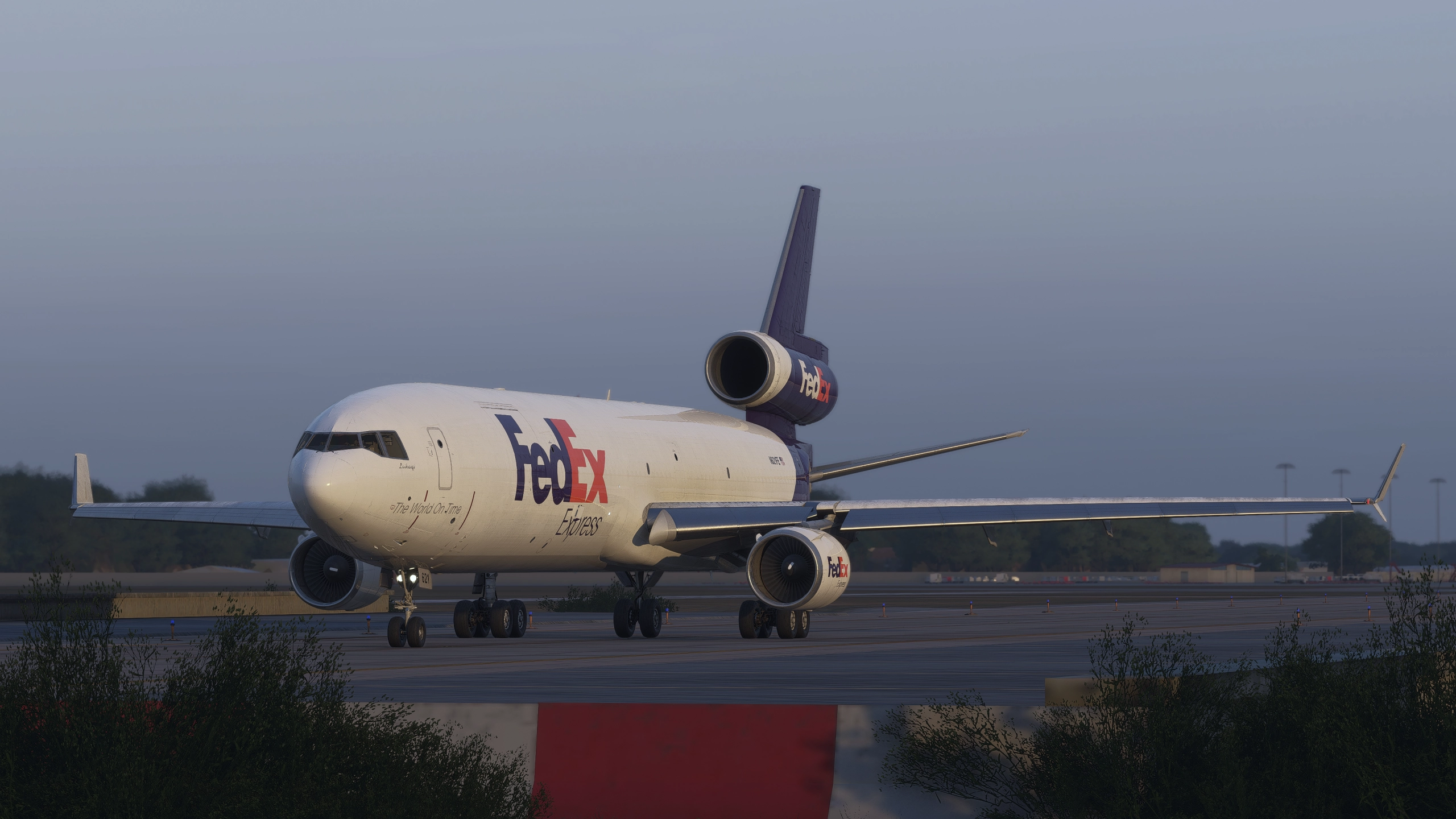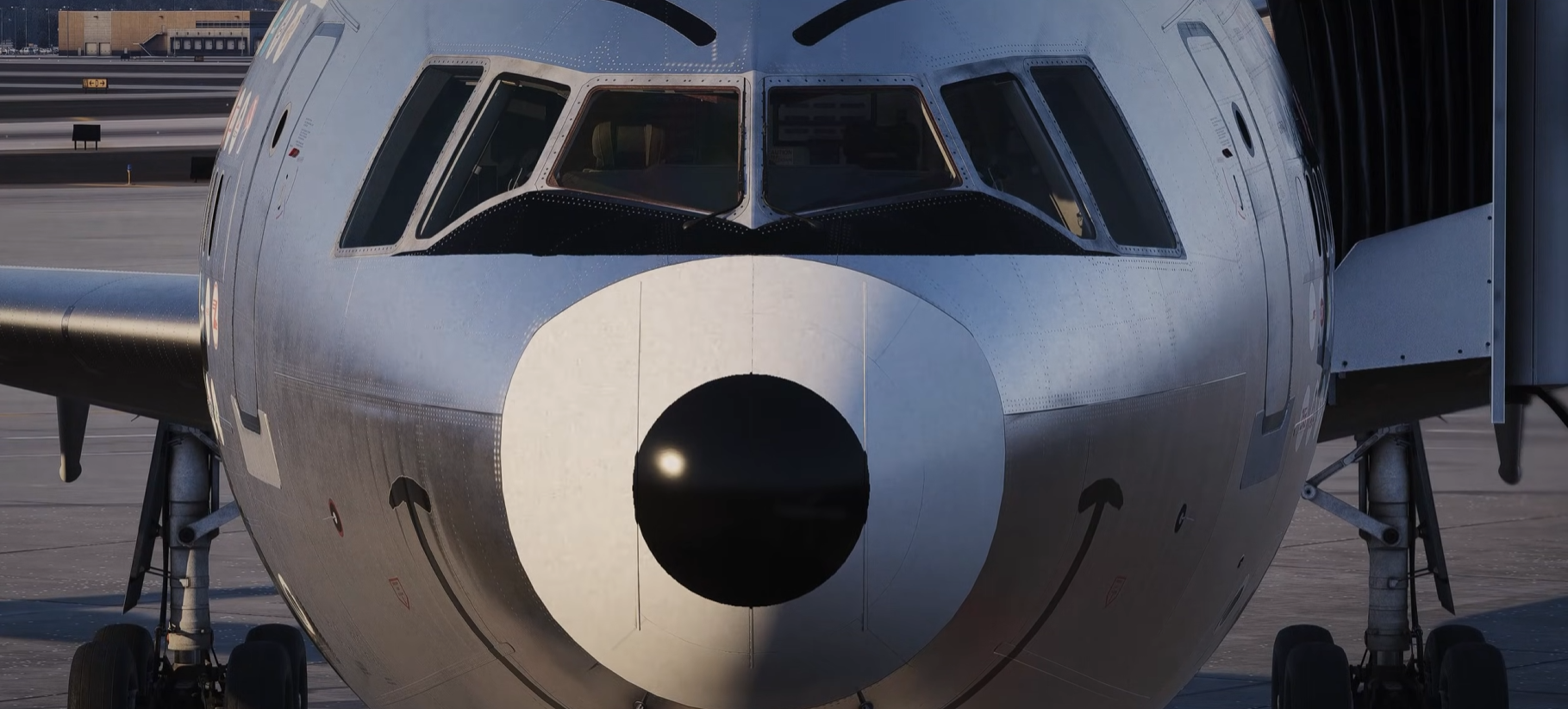Microsoft Flight Simulator Feature Discovery Series Ep. 10 Released
Alongside this week's development update blog post, the developers behind Microsoft Flight Simulator have released the tenth episode of their 'Feature Discovery Series', discussing the changes to aerodynamics since the platform's launch in August 2020.
Firstly though, the team provided an update on World Update III, which will cover the United Kingdom and Ireland.



"We are hard at work hard on World Update 3 and it is looking great!" they wrote on the blog. "This massive update contains new aerials, new DEM, over 70 POIs, 5 airports, two landing challenges, and will also introduce 5 brand-new photogrammetry cities for your enjoyment."
"Unfortunately, these new cities are causing a slight delay… it’s a new process and data source for us and the tools have to be updated for these cities to integrate seamlessly into the sim. The Bing Maps team is working hard to make this happen and the data provider, Bluesky, is helping as well."
"We believe that the remaining issues will be resolved within a few days so we are targeting the release one week later than originally planned."
They say that despite the delay, the addition of a fully three dimensional London City is 'worth the wait'.
Next up comes the new aerodynamics video, which begins by thanking users for their constant feedback on the flight model in the new simulator.
Direct changes as a result of this feedback include some phantom spoilers on the Cessna 208 and made adjustments to the fuel capacity and engine performance on other airframes.
Turbulence got a major reworking too, with aircraft stability and overall simulation of rough air has seen some updating since release.
Asobo CEO Sebastian Wloch uses the example of an aircraft transitioning from land to sea as an example of the reworked model, with much less mechanical turbulence affecting the aircraft once it is over the sea.
Braking power and tyre friction were also improved on all aircraft to simulate more realistic stopping distances.
Low speed aircraft handling was also the topic of some post-release improvement, with better approach and flare handling now implemented.

More complex manoeuvres like those often performed on the E330 and Pitts Special are now more realistic with adjusted rotation rates and inertia, plus some re-worked stalling mechanics which drastically reduces the aerodynamic force produced by a stalled control surface.
Moving on from the changes made, the goal of Microsoft Flight Simulator's 'modern' flight model is not only to provide a realistic representation of the aircraft's individual elements but also to make it interact with the world around, such as mountain waves and mechanical turbulence.
Thus air mass simulation (including up and downdrafts) caused by terrain and man-made structures is also a main focus of the aerodynamic team at Asobo.
The team then showed a comparison shot of the two flight models available in the simulator - 'Legacy', which uses FSX's single force vector - and 'modern', which has hundreds of individual force vectors.
In fact, the new model includes 1306 surfaces which interact with the air around the aircraft.
Wloch lists a number of advantages of using the 'modern' option over FSX's fifteen year old system, including items like realistic induced roll and the simulation of accelerated airflow based on engine RPM.

A number of developer tools were also discussed, allowing creators to adjust their aircraft live and in the simulator.
Looking to the future, flap simulation will be improved, as well as an issue which caused twin-engine aircraft like the DA-62 to perform poorly at low speeds.
Next on the cards appears to be more accurate simulation of turbo-prop engines as well as supersonic flight. Wloch also promised more developer tools for third parties to use when creating content.
You can view the original video on YouTube here.
Share this page
COMMENT ADVISORY:
Threshold encourages informed discussion and debate - though this can only happen if all commenters remain civil when voicing their opinions.




.webp)
.webp)






